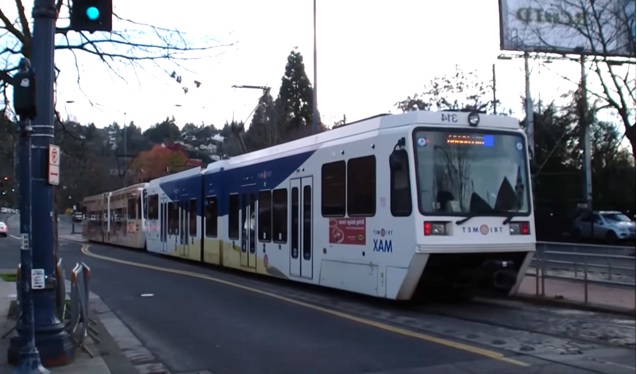
By Taylor Marks
Cascade Policy Institute,
Over-promised and under-delivered.
Throughout its 18-year life, TriMet’s Yellow Line MAX has never met its promised ridership projections.
In fact, just before the pandemic hit, Yellow Line ridership was more than 25% lower than where it was projected to be for 2020. Following the COVID-19 drop-off in ridership, TriMet now doesn’t expect transit ridership to hit pre-pandemic levels until sometime after 2045.
Because of low ridership, TriMet is failing to abide by its commitments to service frequency. TriMet promised the Federal Transit Administration that Yellow Line trains would arrive every ten minutes during peak hours and every 15 minutes off-peak. Instead, Yellow Line trains run every 15 minutes during peak periods and every 30 minutes during other parts of the day.
Despite this consistent underperformance, TriMet has continued to push for expansion of the Yellow Line, with plans to extend the line into Washington State across the proposed new I-5 bridge.
Is slow, low-ridership light rail really the best usage of lane space on the proposed I-5 bridge? Or, should the new bridge instead expand lane capacity for trucks and cars usage to reduce congestion on the region’s freeways?
Taylor Marks is a Research Associate at Cascade Policy Institute, Oregon’s free market public policy research organization.
Disclaimer: Articles featured on Oregon Report are the creation, responsibility and opinion of the authoring individual or organization which is featured at the top of every article.


